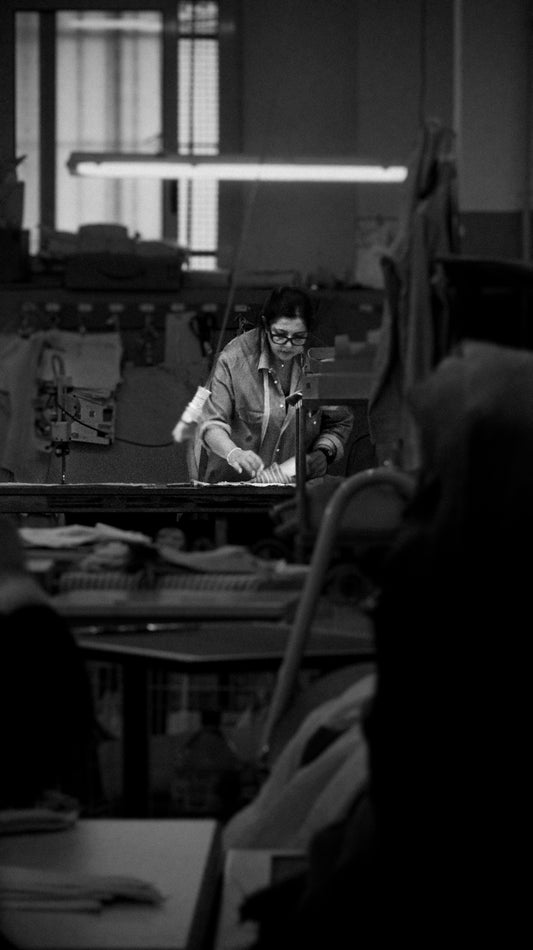
Pitti Uomo: History, Style, and the Revolution of Italian Menswear
There is a place where masculine elegance has found its truest form for decades: Florence, during Pitti Uomo.
It all began in 1951, when Giovanni Battista Giorgini – a Tuscan aristocrat and refined visionary – chose to bet on Italian sartorial talent. Giorgini hosted a historic event at his Villa Torrigiani: a runway show of Italian creations presented to a select group of American buyers, who had come from the United States in search of new brands to bring overseas. Among them were also journalists from prestigious publications like Harper’s Bazaar and The New York Times. The success was immediate.
The Following Year: The Sala Bianca
The impact of that private showcase was so powerful that in 1952, the shows moved to a public, institutional setting: the Sala Bianca in Palazzo Pitti. That opulent hall – a symbol of Medici power and Florentine refinement – finally gave Italian fashion a stage worthy of its craftsmanship.
It was a symbolic and strategic choice: to give Italian fashion an official home, as beautiful as Paris, yet deeply rooted in Italian cultural identity.
Menswear Takes the Stage
Until the 1970s, men's fashion remained in the background. But in 1972, Pitti Uomo was officially born: an event designed to finally showcase the wardrobe of the Italian man – structured jackets, impeccable shirts, and details that speak of true tailoring.
From Showcase to Global Phenomenon
In the 1980s, the event moved to Fortezza da Basso: more space, more exhibitors, and one clear mission – to make Florence the global epicenter of men’s style.
From that moment on, Pitti Uomo became more than a trade fair: it turned into a style ritual, a collective runway made up of buyers, designers, artisans, journalists, and that discerning audience who looks beyond fashion.
Curiosities (you may not know)
- The first guest designer was Vivienne Westwood in 1990 – a punk revolution inside the temple of tailoring.
- The name "Pitti" predates fashion entirely: it comes from Luca Pitti, a powerful Florentine banker from the 15th century.
- The tradition of street style posing was born right here, within the walls of the Fortezza, when fashion began to become performance.
Today
Today, Pitti Uomo is much more than a fair: it is a cultural barometer. It embraces the evolution of menswear – from fine tailoring to workwear and experimental design – without ever losing its original spirit: elegance as a natural act, tailoring as a language.
And in that language, Vanacore Napoli finds its own voice.







